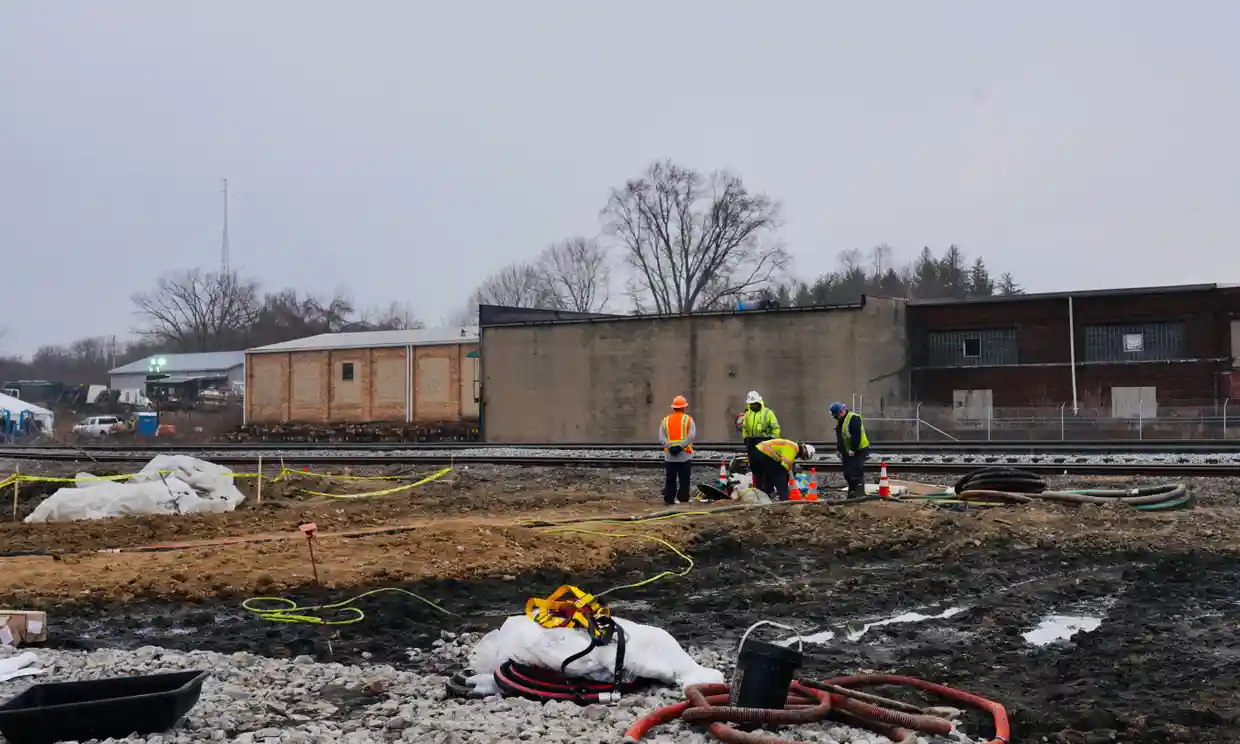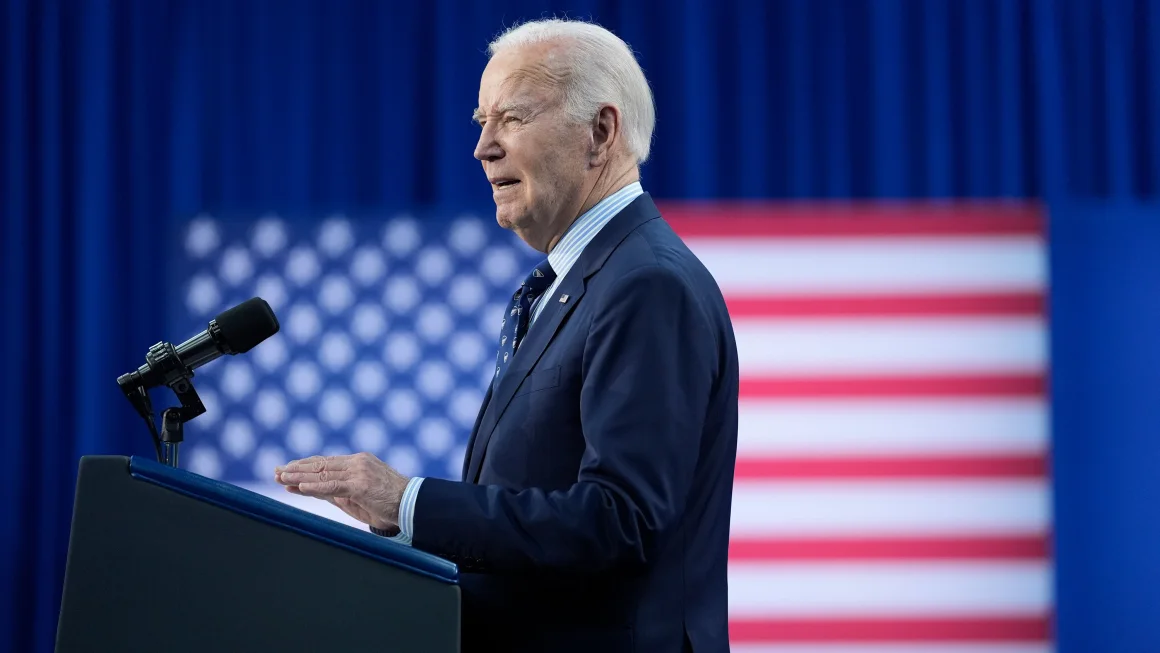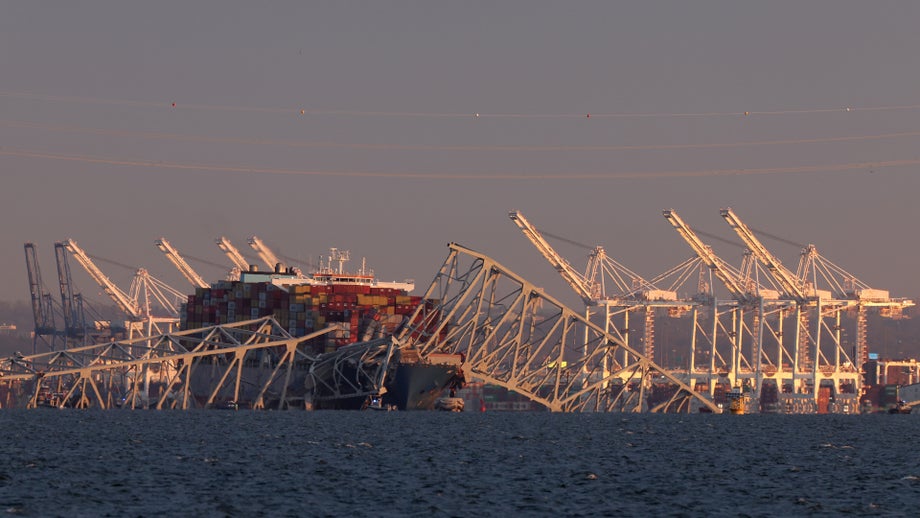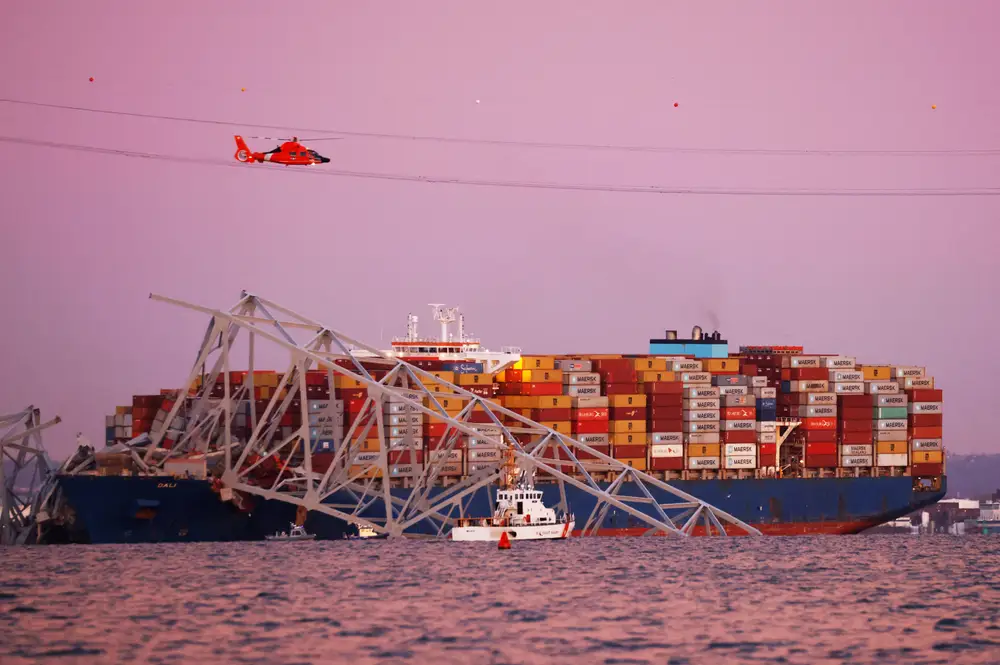This article is more than
1 year oldOhio train derailment reveals need for urgent reform, workers say

US railroad workers say the train derailment in Ohio, which forced thousands of residents to evacuate and is now spreading a noxious plume of carcinogenic chemicals across the area, should be an “eye-opening” revelation for Congress and “an illustration of how the railroads operate, and how they’re getting away with a lot of things”.
Workers and union officials cited the Norfolk Southern Railway derailment in early February as a glaring example of why safety reforms to the industry – which include providing workers with paid sick leave – need to be made.
Thirty-eight cars on the train derailed in the town of East Palestine, near the Pennsylvania border, including 11 cars carrying hazardous materials that incited an evacuation order, a controlled release of chemicals, and fears of harmful chemical exposure to residents, wildlife and waterways.
Unions and rail companies have been at loggerheads for years over new contracts that would address what workers describe as poor working conditions, and would provide paid sick days amid grueling schedulescaused by labor cuts.
“Without a change in the working conditions, without better scheduling, without more time off, without a better work-life balance, the railroad is going to suffer,” said Ron Kaminkow, the general secretary of Railroad Workers United, an Amtrak engineer in Reno, Nevada, and the vice-president of the Brotherhood of Locomotive Engineers and Trainmen (Blet) local 51. “It’s just intrinsic, with short staffing. Corners get cut and safety is compromised.”
Greg Regan, president of the AFL-CIO’s transportation trades department, said the loss of workers in recent years, which has coincided with record profits for railroad corporations, was the driving force for deteriorating conditions on US railroads.
The railroad industry workforce plummeted from over 1 million workers in the 1950s to fewer than 150,000 in 2022, with a loss of 40,000 railroad jobs between November 2018 and December 2020. The six major railroad corporations that have yet to agree to provide workers with paid sick days reported over $22bn in profits, and spent more than $20bn on stock buybacks and shareholder dividends last year.
Regan said the derailment in Ohio was an example of why these working-condition issues need to be addressed.
“It increases a lot of risk in what is a very dangerous industry. When things go wrong there can be very tragic consequences,” added Regan.
The corporations are also opposing reforms to implement mandatory participation to an anonymous close-call reporting system so workers can report safety concerns without fear of reprisal and identify problems before they result in accidents, said Leo McCann, chair of the rail labor division of transportation trades department.
“It’s kind of an eye-opener,” McCann said of the Ohio derailment. “It’s an illustration of how the railroads operate and how they’re getting away with a lot of things.”
Workers criticized the decision by Congress and the Biden administration to impose a tentative new contract agreement on all railroad unions, despite more than half of represented members voting to reject it due to the lack of paid sick days.
The majority of workers in precision railroad scheduling systems – operational systems focused on cutting costs – currently have no paid sick days and face attendance points for taking time off, which could result in termination.
Workers have complained that disciplinary attendance systems, coupled with drastic staffing cuts, have diminished morale, incentivized workers to continue working through illness or fatigue, and increased safety risks.
On 2 February, all 12 railroad unions issued a resolution demanding paid sick days for railroad workers. Bernie Sanders and Republican senator Mike Braun held a press conference with union representatives on 9 February to add further pressure to corporations to provide workers with at least seven paid sick days.
The renewed push comes shortly after CSX Transportation announced it came to an agreement with two unions representing 5,000 railroad workers to provide four days of paid sick leave to all workers and allow workers to use up to three personal leave days for sick leave.
“The next step is to make sure we bring other railroads to the table and hopefully get a resolution,” said Regan. “This is the worst relationship that has been between the railroads and their workers in my career.” He said the tension had been exacerbated by the rail companies’ determination to increase profits by cutting staff.
“When you’re going to treat your employees that way, to continue to try to squeeze as many pennies out of each individual worker as you possibly can, without any regard for their wellbeing, you’re going to have really contentious bargaining sessions like we had last year,” he said.
“The railroad companies do not want to actually participate. They’re just anti-regulatory in their mind, but that’s not the case here: it’s about safety, and to ensure workers can go home to their families at night and not have a tragedy happen to them,” added McCann.
“The railroads are more interested in profitability and keeping their return on investment up and their numbers down so they can satisfy Wall Street, and they just live behind this shield hoping nothing will happen.”
Keywords
<p>Diddy's homes were recently raided in Los Angeles and Miami by Homeland Security.</p>
India calls for ‘immediate de-escalation’ amid Israel-Iran tensions
Why Israel is risking a dramatic escalation with Iran
Trump offers conditions for Ukraine aid renewal
Iron Dome, David’s Sling, Arrow: Israel’s air defense against Iran, explained
Israel’s War Leaders Don’t Trust One Another
Bianca Censori stuns in extreme v-neck dress
US helped Israel take down ‘nearly all’ Iranian drones and missiles – Biden
OJ Simpson to be cremated and no plans to donate brain to science, lawyer says
‘Their tactics have changed’: Russia’s bid to blow apart Ukraine’s power grid




